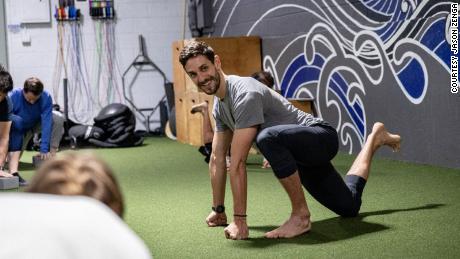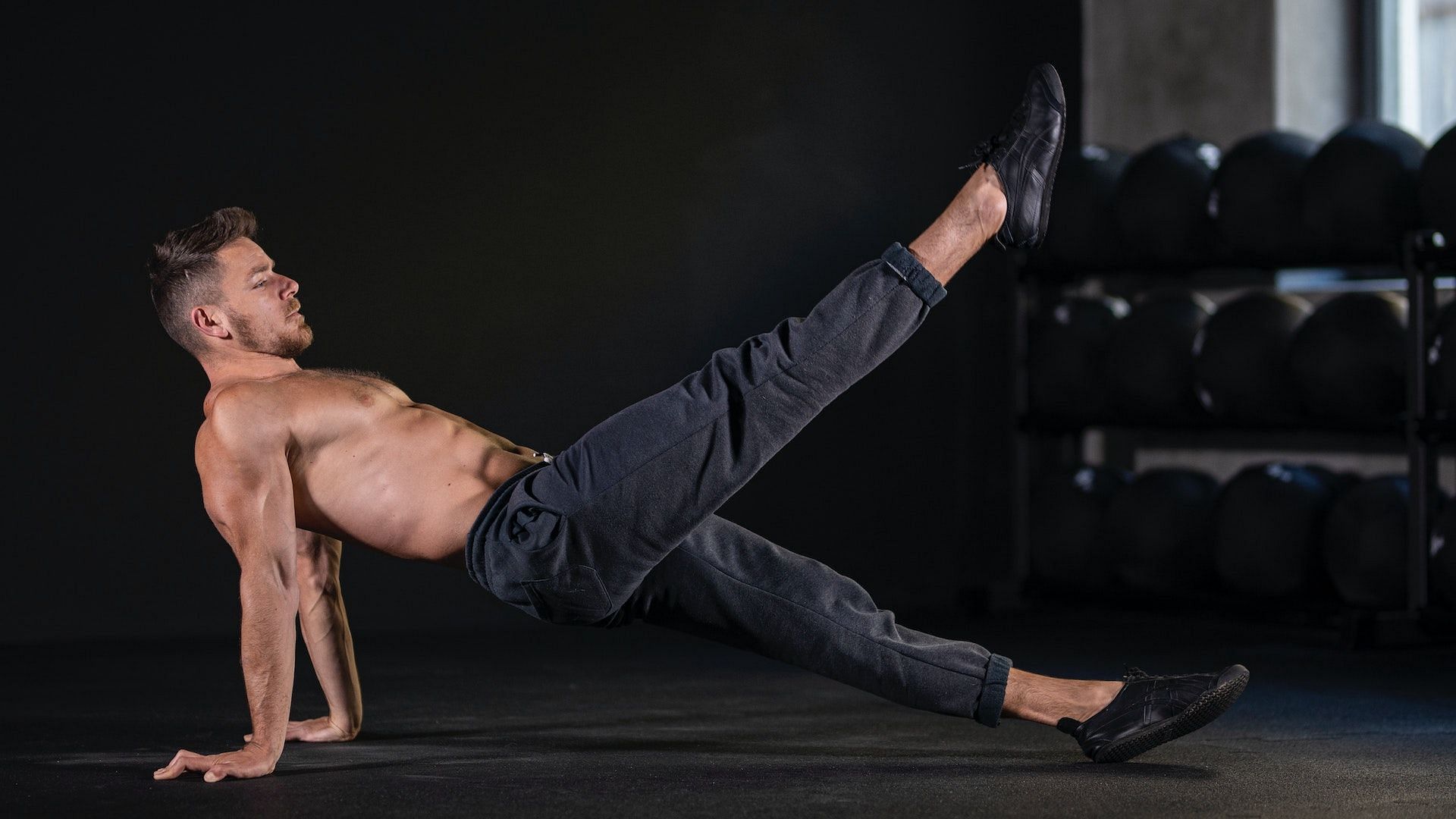
Prepare well for the Personal Coach exam. Use a Personal Trainer study guide to improve your score. These books are available both in eBook and printed versions. You will also find practice questions to help you pass the test. Flashcards help you remember important information.
ACE's Resources for the Personal Trainer
One of the most popular texts in the field of personal training is the ACE's Resources for the Personal Trainer. It covers the principal responsibilities of personal trainers, and how to assess clients' fitness levels. The book also discusses the importance of a client's overall health.

ACE's Resources for the Personal Trainer features online courses and diagnostic sample tests. There is also an eBook platform that is compatible almost with every device. It offers interactive quizzes as well bookmarking options and the ability to highlight or make notes. It provides hyperlinks to allow students to access more information.
ACE's Advanced Concepts of Personal Fitness T
A study guide for ACE's Advanced Concepts of Personal Training exam is a valuable tool for students who are studying for the ACE personal trainer certification exam. This study guide contains hundreds of practice questions that simulate what you will see on the real exam. The study guide includes hundreds of practice questions that simulate the actual exam format. The test also includes timed sections. This allows you to take notes as well as pause the timer and restart the test if necessary.
The study guide also contains important information regarding safety, professionalism, and risk management. The study book contains 750 questions, each with extensive explanations. Christy Hamilton and Susan Hill, both ACE Certified Personal Trainers, co-authored the study guide.
ACE's Mometrix NASM–CPT Study Guide
The Mometrix NASM/CPT study manual is a useful resource for those who are interested in taking the NASM/CPT exam. It has been written by a team of experts to cover the content on the exam and provide specifics on how to answer exam questions. The Mometrix study book contains all you need to pass the exam.

You will find more than 400 practice ACE CPT questions in this study guide. Each chapter has a quiz format. This allows you the freedom to take a test and not waste your time with irrelevant material.
FAQ
Are there exercises I shouldn’t perform?
Before you start any new exercise routine, it is important to consult your doctor. Some people are unable to exercise due to injuries. Certain activities require special equipment and training. Swimming, for example, requires swimming suits and access to the pool.
How many hours of sleep should you get each night?
The recommended sleep amount varies based on age, gender, individual needs, and other factors. Most adults require between 7 and 9 hours of sleep each night. Teenagers and young children generally need around 10 hours of sleep each night. This number decreases as they age.
Is it possible that you can be too thin?
Yes! Being underweight or having an eating disorder are both unhealthy. It is not normal for someone to weigh less than their ideal height. It is possible to feel tired, weak or dizzy and may experience other signs that you are underweight.
How can I get started in fitness?
Start small. Begin by taking 10 minutes each morning to walk around the block. This will give you basic movement patterns and give your muscles time to adapt to the new routine. Once you are proficient in this type of exercise, add more steps and routines to your day.
Statistics
- An estimated 110,000 deaths per year could be prevented (cdc.gov)
- In high-income countries, 26% of men and 35% of women were insufficiently physically active, as compared to 12% of men and 24% of women in low-income countries. (who.int)
- According to the Centers for Disease Control and Prevention, chronic diseases cause 7 out of 10 deaths in the U.S., and treating chronic diseases accounts for 86% of U.S. healthcare costs. (mana.md)
- Physical activity confers the following maternal and fetal health benefits: a decreased risk of pre-eclampsia, gestational hypertension, gestational diabetes (for example, 30% reduction in risk) (who.int)
External Links
How To
How to burn belly fat faster
When trying to lose weight, belly fat is often viewed as a problem. But if you think about it, Belly Fat is actually a good thing. Your organs are protected from being damaged by excess belly fat. Let's look at how to rapidly lose belly fat.
The main factors that lead to body fat storage are stress and lack exercise. The cortisol hormone stimulates stress which makes us hungry. Cortisol raises insulin levels. The insulin stores the excess calories as fat. Lack of sleep causes the release of adrenaline into our system, leading to increased appetite. These extra calories can also be reduced by exercise
There are many different ways to reduce bellyfat. All of these methods can be used, depending on your budget. Here are some quick tips to get rid of belly weight.
-
Reduce the amount of food you eat. Eat smaller meals throughout the day rather than eating three big ones. This will help you consume less calories.
-
Get plenty of water. Water flushes out toxins, and keeps your body hydrated. Also, drinking water before every meal will keep you feeling full longer so you won't overeat.
-
Avoid unhealthy snacks. If you're looking for quick fixes, snack foods like chips, cookies, candies, etc. These tempting snacks might look appealing. These sweet treats can be tempting, but they are high in empty calories and sugar. Choose healthier alternatives such as whole grains, vegetables, fruits, seeds, nuts and seeds.
-
Strength training should be performed at least 3 times per week. Strength training builds muscle mass and burns more calories when you're not working out. It strengthens bones and muscles, ligaments, muscles, tendons, heart, lungs, as well as joints.
-
Walk or stretch regularly. Stretching improves flexibility and mobility which can reduce back pain. Walking can help you burn calories.
-
Reduce alcohol intake. Alcohol adds empty calories to your diet and has no nutritional value whatsoever.
-
Lose weight gradually. Finding out your current weight is the first step in losing weight. Next, calculate your ideal weight by adding between 5% and 10% to your total body weight. Once you have established your ideal weight, reduce your daily calorie intake by 500 to 1000 calories each day until you achieve your goal.
-
Avoid processed foods. These foods contain high levels of sugar, salt, and preservatives. Processed foods are often very convenient but don't provide enough nutrients to keep you healthy.
-
Don't skip breakfast! Breakfast is good for your concentration, memory, and energy. Include protein (like eggs) and fiber, like oats, in your breakfast.
-
Have regular bowel movements. Constipation and irregularity cause bloating and gas. You can prevent this by drinking lots of water and increasing your fiber intake.